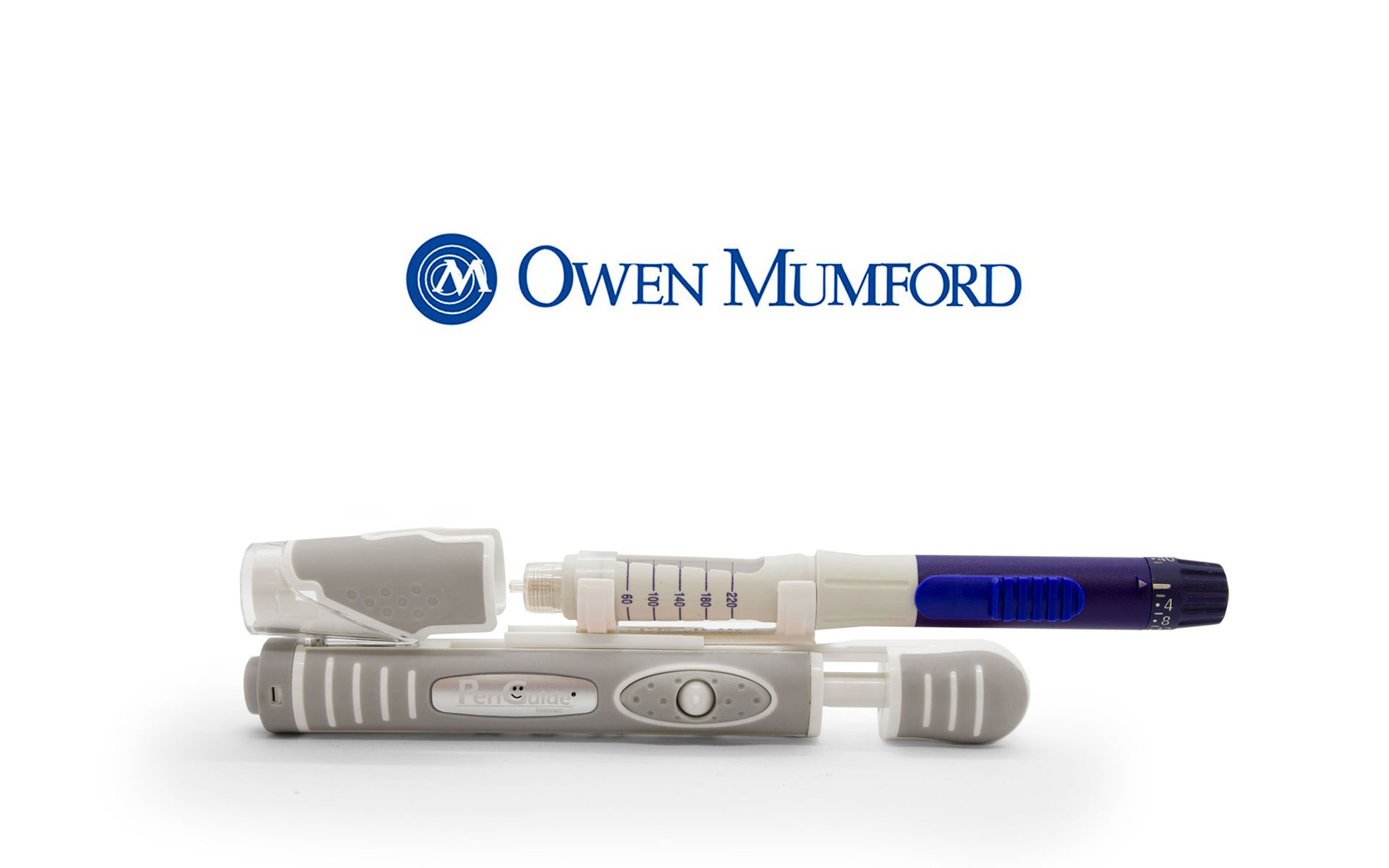In today's fast-paced digital era, autopens have emerged as indispensable tools for both individuals and organizations. These innovative devices automate the signing process, significantly enhancing efficiency and streamlining workflows. This detailed guide aims to explore the functionality, advantages, applications, and future prospects of autopens, answering key questions about what they are and how they work.
Whether you're a business owner striving to boost productivity or someone intrigued by this cutting-edge technology, this article will equip you with all the knowledge you need. From understanding the mechanics of autopens to examining their influence across industries, we'll cover every dimension of this remarkable tool.
As we navigate the complexities of modern technology, familiarizing ourselves with tools like autopens can profoundly enhance our daily operations. Let's embark on this journey to uncover the mysteries behind this device and its growing significance in today's world.
Read also:Discover The Iconic Stanford Tree A Symbol Of Resilience And Tradition
Table of Contents
- Understanding Autopens
- The Evolution of Autopens
- Mechanics of an Autopen
- Varieties of Autopens
- Advantages of Autopens
- Industry Applications
- Challenges and Limitations
- Legal Implications
- Care and Maintenance
- The Future Landscape
Understanding Autopens
What is an Autopen?
An autopen is a sophisticated mechanical device designed to replicate a person's signature with precision and consistency. Widely utilized by individuals who frequently sign documents—such as politicians, celebrities, and corporate executives—this tool has become a cornerstone in many professional environments. By automating the signing process, autopens not only save time but also ensure uniformity across multiple documents.
Why Choose an Autopen?
The primary purpose of an autopen is to streamline the signing process, eliminating the need for manual effort. By automating signatures, users can maintain consistency across numerous documents, thereby increasing productivity and reducing fatigue-related errors. This makes autopens an invaluable asset for high-volume signing tasks.
Key Features of Modern Autopens
Advancements in technology have equipped modern autopens with a range of features that enhance their functionality and usability. Some notable features include:
- Customizable signature settings for personalized adjustments.
- Compatibility with various pen types, accommodating user preferences.
- Adjustable speed and pressure controls for optimal performance.
- Integration with digital systems for seamless operations.
The Evolution of Autopens
The origins of the autopen trace back to the early 20th century, a period when the demand for efficient signing processes became increasingly apparent. Initially, these devices were rudimentary, offering limited functionality. However, with advancements in technology, they have evolved into highly sophisticated tools capable of handling complex tasks with precision.
Early Innovations
The first prototype of an autopen emerged in the 1930s, primarily used by government officials and business leaders requiring a reliable method for signing large volumes of documents. Over the decades, improvements in materials and engineering have led to the development of more durable, precise, and versatile autopens, catering to a wide range of industries.
Mechanics of an Autopen
At its core, an autopen functions by mimicking the natural movement of a human hand. Utilizing a combination of mechanical arms and precision motors, the device replicates the exact strokes and pressure of a user's signature. This ensures that the output is virtually indistinguishable from a manually signed document, maintaining authenticity and professionalism.
Read also:Lisa Nowak A Journey Beyond The Stars
Components of an Autopen
A standard autopen comprises several essential components that work together to deliver its functionality:
- Motorized arms for precise movement and replication of signature patterns.
- A pen holder for securely attaching various writing instruments.
- A control panel for adjusting settings and customizing the signing process.
- A software interface for programming and storing signature data.
Varieties of Autopens
Manual Autopens
Manual autopens represent the simplest form of this technology. These devices require user intervention for operation, making them suitable for small-scale applications. Although less advanced than digital autopens, they remain cost-effective and user-friendly, ideal for those with moderate signing needs.
Digital Autopens
Digital autopens epitomize the pinnacle of signature automation technology. Equipped with advanced software, these devices offer unparalleled customization and precision. Users can program multiple signatures, adjust parameters, and integrate the autopen with digital systems, enhancing its versatility and functionality.
Advantages of Autopens
Incorporating an autopen into your workflow presents numerous benefits. Some of the most significant advantages include:
- Increased efficiency and productivity by automating repetitive signing tasks.
- Consistent and professional-looking signatures that enhance document quality.
- Reduced physical strain and fatigue, allowing users to focus on other critical tasks.
- Compatibility with various document types, ensuring versatility across applications.
Industry Applications
Government and Politics
Autopens play a crucial role in government and political settings, where officials must sign vast numbers of documents daily. By automating this process, autopens enable leaders to allocate their time more effectively, focusing on strategic and high-priority tasks.
Business and Corporate
In the corporate sector, autopens significantly streamline operations by automating routine signing processes. This is particularly advantageous for companies dealing with high volumes of contracts, agreements, and correspondence, ensuring timely and consistent document processing.
Challenges and Limitations
Despite their numerous benefits, autopens are not without limitations. Some of the challenges associated with these devices include:
- A high initial cost of purchase, which may deter smaller organizations or individual users.
- Regular maintenance requirements to ensure optimal performance and longevity.
- Potential security concerns regarding the authenticity and validity of automated signatures.
Legal Implications
The use of autopens raises important legal considerations concerning the authenticity and validity of signatures. Ensuring compliance with relevant laws and regulations is paramount when employing this technology. Consulting legal experts can help mitigate risks and establish trust in the signing process.
Care and Maintenance
Proper maintenance is essential to ensure the longevity and optimal performance of your autopen. Follow these tips to keep your device in top condition:
- Regularly clean the pen holder and motorized arms to prevent dust and debris buildup.
- Calibrate the device periodically to maintain accuracy and precision in signature replication.
- Store the autopen in a safe, dry location to protect it from environmental damage.
- Adhere to manufacturer guidelines for servicing and troubleshooting.
The Future Landscape
As technology continues to advance, the future of autopens appears promising. Innovations in artificial intelligence and robotics are likely to lead to even more advanced devices capable of handling complex tasks with greater efficiency. Increased adoption across industries will likely drive further improvements in functionality and affordability.
Predicted Advancements
Experts anticipate that future autopens will incorporate the following advancements:
- Enhanced AI-driven signature analysis for improved accuracy and customization.
- Strengthened security protocols to address concerns about authenticity and validity.
- Integration with blockchain technology for secure and transparent signing processes.
Conclusion
In summary, autopens have transformed the way we approach signature automation, proving their value across various industries. From their modest beginnings to their current status as essential tools, these devices have demonstrated their ability to enhance productivity and efficiency. By understanding their functionality, advantages, and limitations, we can fully harness their potential to meet our professional needs.
We invite you to share your thoughts and experiences with autopens in the comments section below. Additionally, feel free to explore other articles on our site for more engaging content. Together, let's embrace the future of technology and its transformative impact on our daily lives!
Data Sources: According to a report by Statista, the global market for signature automation tools is poised for significant growth over the next decade. Insights from Forbes further highlight the increasing adoption of autopens in corporate environments, underscoring their importance in modern business operations.


